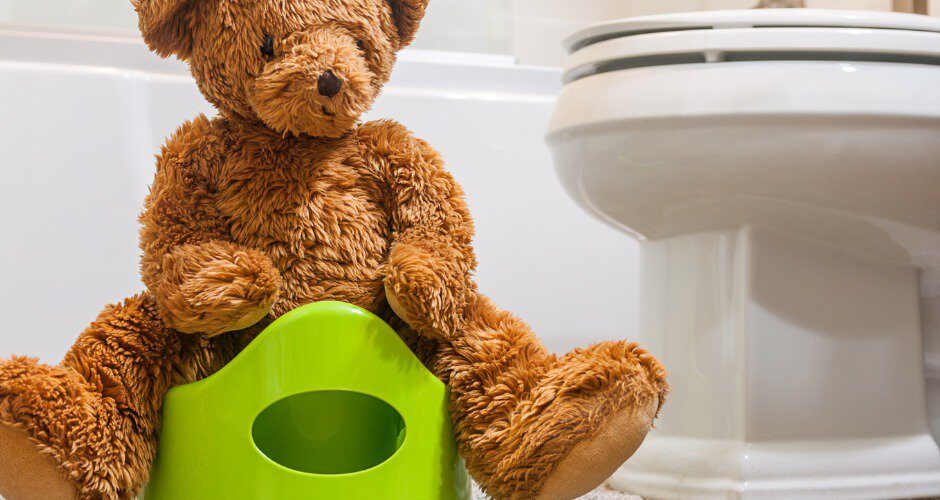Autism Spectrum Disorder is a neurodevelopmental condition that often leads to challenges in childhood development, behavior, communication, and social skills. It’s common for children on the Autism Spectrum to take longer than neurotypical peers to learn certain life skills – including learning to use the toilet.
Challenges with toilet training can come from:
- Switching the “diaper routine” that your child is comfortable with
- Transitioning from diapers to sitting on a toilet (toilets can be intimidating!)
- Pausing preferred activities to use the restroom
Communication barriers can also hinder toileting training. About 30% of children on the Spectrum have limited language abilities, and others may not know how to share when they need to use the restroom. To help bridge the gap we’ve compiled five of our favorite strategies to help you and your child practice toilet training.
1. Use visual aids for prompting and reinforcement.
Utilizing a visual depiction of the “potty process” and having icons available to point to, may help your child understand the words you’re using, or the concept of using the toilet, especially if it’s all new to them. Pictures can also make the process less intimidating by helping to create familiarity.
2. Utilize timers
If your child typically wets at the same time each day or struggles with transitioning from one activity to the next, setting timers can be a great strategy to remind you both that it’s “potty time” and create consistency in toilet training. Especially when pausing a preferred activity to use the restroom, a timer is a great auditory/visual cue to help your child move from one activity to another. (Sometimes that’s the biggest problem, right?)
Timers can also be used to set a goal for how long your child sits on the toilet (whether they use the potty or not). For example, if your child is resistant to sitting on the toilet, give them a fun challenge by setting a timer first for 30 seconds. Over time, slowly increase their goal to one minute, then two, etc. If your child successfully meets their time goal, provide positive reinforcement in the form of praise, visual cues (like a sticker chart), or rewards like tablet time or time doing a preferred activity. This helps them learn that sitting on the toilet isn’t scary, and helps move them into phase two of potty training which is using the toilet.
3. Establish a new routine (and stay consistent).
Start a new routine using the toilet at certain times of each day and slowly reduce the use of diapers. For example, take your kiddo to use the toilet each morning as soon as they wake up, before each meal, before you leave the house, upon returning home, and right before bed each night. Consistency is key, and the more this new routine can be integrated into your child’s day-to-day, the more receptive they will likely be.
4. Incorporate rewards and praise every time.
“Well done Maya, you sat on the toilet!” Words of affirmation, and nonverbal gestures like clapping or a thumbs-up can make a huge difference to your child! Ultimately, you know your kiddo best. Identify the toys, treats, activities, or praise that best motivates your child to work towards their goal. For some, a sticker chart works like a charm, for others, a big hug might provide the best kind of reinforcement and encouragement. And, remember to provide reinforcement as soon as your child meets their goal. This allows your child to connect the positive reinforcement to their achievement.
5. Establish how they will communicate their toilet needs to you.
For some kiddos, the biggest challenge with toilet training is knowing how to communicate that they need to go. You can try a few different strategies but, a couple of things we’d recommend testing out include:
- Pictures or other visual aids
- Simple key phrases (you can make these fun and silly if you want!)
- Signs or gestures (for example the ASL sign for toilet)
If toilet training is a goal you’d like to work on with your child, your ABA provider can help you build a strategy and reinforce your efforts at home. By creating an individualized plan for your child and staying consistent, your efforts will pay off in no time!


